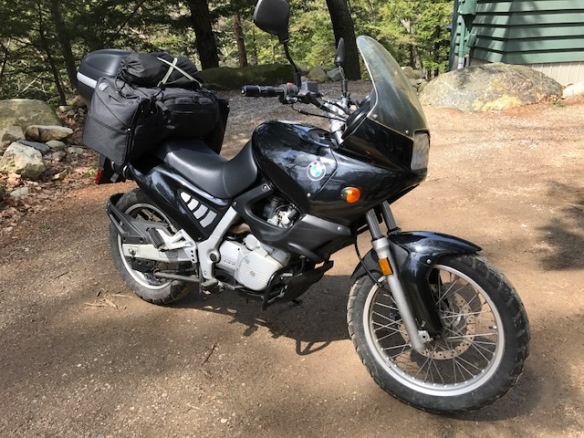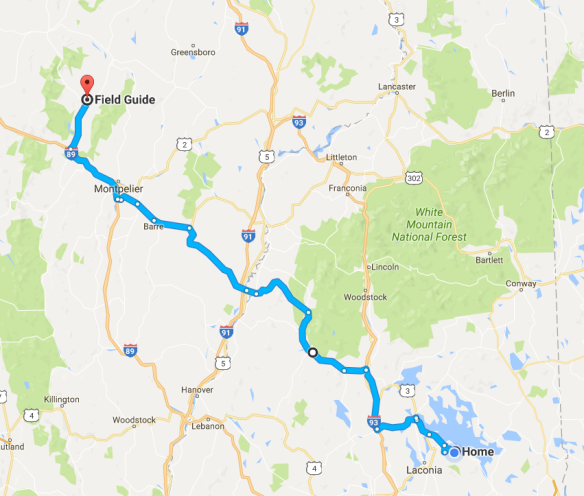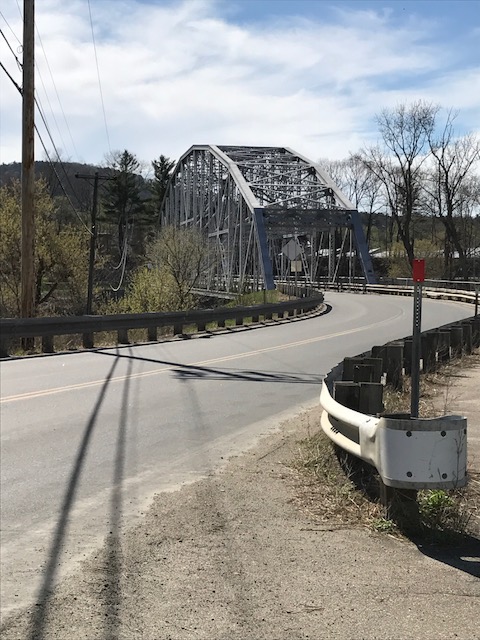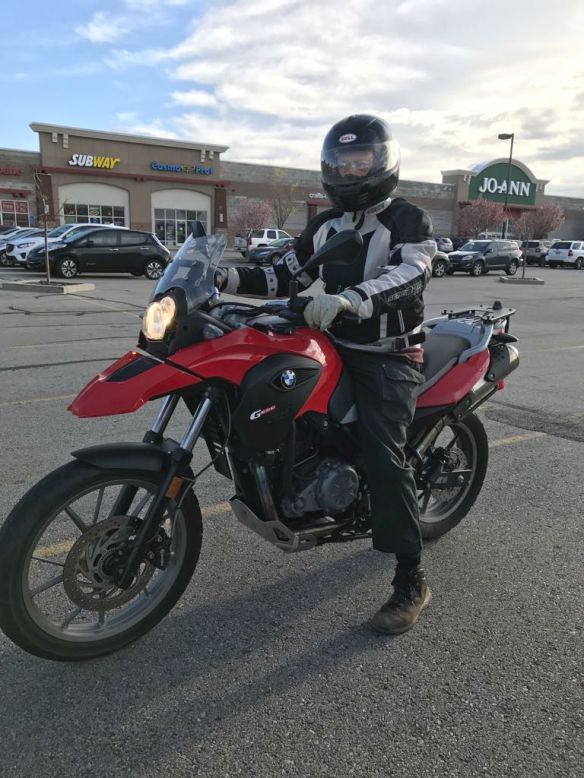The BMW F650 has one cylinder with four valves and solid (non-hydraulic) lifters, two exhaust valves in the front and two intake in the rear. The clearance between the cam and the lifter is supposed to be .004″ to .006″ for all four valves with the engine cold.
On my bike the left intake was .003″ and the right exhaust was .007″ and the others .005″ and it has been that way ever since the bike had a few thousand miles on it. Now with 15K miles, I decided it was time to try adjusting them.
Checking the clearance involves removing body panels, the fuel tank, the valve cover and then positioning the engine rotation properly, and then slipping feeler gauges between the cams and the lifters. The Clymer manual covers it well, and the process is straightforward, but it is still a lot of work. Adjusting the clearance is much worse because you have to remove the overhead cams, remove the adjustment shims on the offending valves, measure them and compute what they should be, order new ones and wait for them to come in, and then reassemble everything.
The shims are about 1.125″ in diameter and come in various thicknesses in .002″ increments. They sit in a little recess in the top of the lifter, which is shaped like an inverted cup. BMW uses the metric system but my 1″ micrometer is in .001″ increments, so I had to convert to millimeters. Incidentally, it’s easy to interpolate between marks to a precision of .0005″, and that’s what I did.
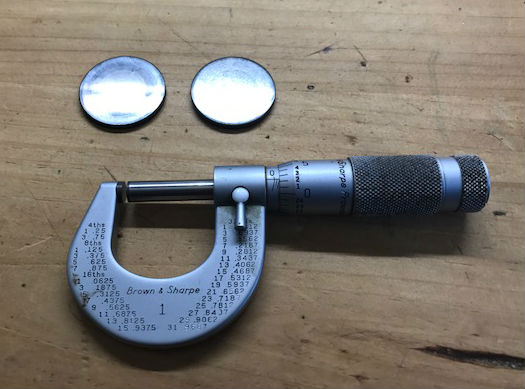
The old shims were not worn and still had the original thickness.
The exhaust valve with the loose .007″ clearance measured .0985″ (2.50mm). I reasoned that I needed a thicker shim to make the clearance less so I ordered a 2.55mm shim from BMW. (.05 mm is .002″ and .002″ thicker would theoretically give me the desired .005″ clearance.)
The intake valve with the tight .003″ clearance measured .0945″ (2.4mm). I needed a .002″ thinner shim to get the .005″ clearance, so I ordered a 2.35mm shim.
I’m a “shade tree” mechanic, so I covered the open top end of the engine with a clean plastic bag and then put the tarp over the bike and waited about three days for the new shims to come in. I reassembled everything using a torque wrench, some Loctite 235 on the internal bolts and a slathering of oil on sliding surfaces, rotated the engine a few times and checked the clearance. It was .005″ on all four valves!
The two main difficulties I encountered were one, deciding not to be daunted by it and two, adding and subtracting appropriately with confidence. Maybe I should have been daunted.
The good news is the valve clearance seems to not change at all once the engine has been run in those first few thousand miles. I think it’s better to have a system that is hard to adjust but stays adjusted rather than one you have to keep adjusting all the time.
Notes:
You have to remove a spark plug in order to easily spin the engine into position, and I used my pressure washer with the 15 degree nozzle to blow the dirt out from around the base of the plugs so it wouldn’t wind up in the cylinder. But after removing the tank, I noticed there was some grit sitting on the frame and the spark plug wires. I had already put the washer away so I left the grit there, but it was sitting right above the valve cover and could have dropped into the cam area. I was careful, but I should have taken the time to clean off all the dirt above the area where the engine would be wide open. At least I covered it while waiting for the parts to come in.
Coincidentally, when I was on my way to Stowe, Vermont I stopped in Barre to check my navigation on the iPhone. A guy walked up to me and struck up a conversation about the bike. He had worked on them and knew all about adjusting the valves on an F650 and other makes as well. He said they would often leave them alone if they were only .001″ out of spec. I prefer to feel righteous about having my valves dead on spec rather than stupid at having wasted a lot of time and effort. But my instincts were right in taking my time before actually getting into the cam tear-down scenario.
A valve that is .001″ out of spec allows you to buy a shim that is .002″ different and bring the clearance right to the middle of the .004″-.006″ tolerance. I think that is the exact scenario it was designed to handle, given the spec and that the shims come in .002″ increments. And…if you are checking the clearances every 6000 miles, like you are supposed to, and at some point make the adjustment like I did, I doubt you will ever see anything more than the .001″.

